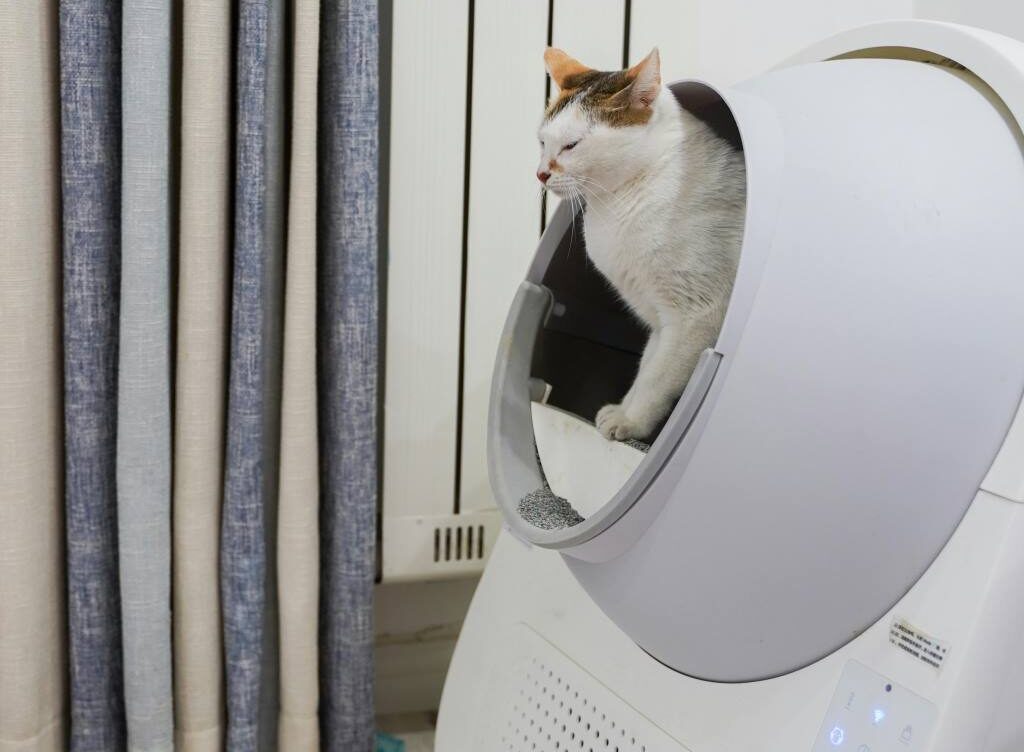
By Fur-Tales Team
Why Do Some Cats Steal Random Objects?
If you’ve ever caught your cat swiping a sock, hair tie, or even a shiny piece of jewelry, you’re not alone. Many cats exhibit a peculiar habit of stealing and hoarding objects. But why do they do it? This quirky behavior is actually rooted in natural instincts, personality traits, and environmental factors.
Reasons Cats Steal Objects
- Hunting Instincts
Cats are natural hunters, and small objects that resemble prey—like hair ties, bottle caps, or plush toys—trigger their hunting instincts. Carrying or batting these items around mimics the act of catching prey. - Attention-Seeking Behavior
Some cats learn that stealing objects gets them attention from their owners. If they take something and you react immediately, they may see it as a game or a way to interact with you. - Boredom and Mental Stimulation
Cats that don’t receive enough playtime or mental stimulation may resort to stealing objects as a form of entertainment. This is especially true for indoor cats with limited enrichment activities. - Hoarding and Collecting Instincts
Just as some humans enjoy collecting things, certain cats develop a habit of hoarding items. They may stash their ‘treasures’ under furniture or in hidden spots as a way of creating their own collection. - Teething or Oral Fixation
Young kittens or cats with an oral fixation may be drawn to objects they can chew or carry in their mouths, much like a dog with a toy. - Scent and Texture Preference
Cats have a keen sense of smell and are drawn to items that carry their owner’s scent. Fabrics, socks, or even small trinkets may be comforting to them. - Predatory Play and Practice
In the wild, cats carry prey to a safe location before eating. Domesticated cats may mimic this behavior by taking objects and hiding them in certain areas of the house.
How to Manage Your Cat’s Stealing Habit
- Provide More Enrichment
Increase playtime with interactive toys that mimic prey, such as feather wands or laser pointers. Mental stimulation can help redirect their need to ‘hunt.’ - Rotate Toys Regularly
Keep your cat engaged by offering a variety of toys and switching them out frequently to prevent boredom. - Create a Safe Place for Their ‘Treasures’
If your cat loves hoarding objects, consider designating a specific area with acceptable items they can ‘steal,’ like small plush toys or fabric pieces. - Secure Small or Valuable Items
Store jewelry, hair ties, and other small objects in drawers or containers to prevent your cat from taking them. - Encourage Positive Behavior
Reward your cat with treats and affection when they play with their own toys instead of stealing household items. - Use Scent Deterrents
If your cat targets specific items, try using pet-safe citrus or bitter sprays to deter them from those objects.
When to Be Concerned
While stealing objects is usually a harmless behavior, excessive or obsessive stealing could indicate underlying stress, anxiety, or a compulsive disorder. If your cat seems overly fixated on stealing or hoarding, consult a veterinarian or an animal behaviorist.
